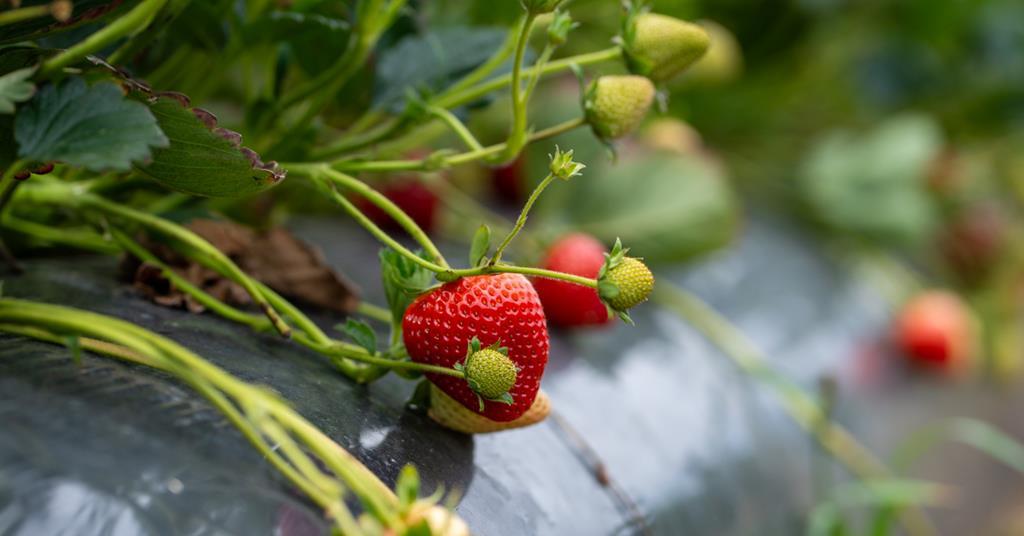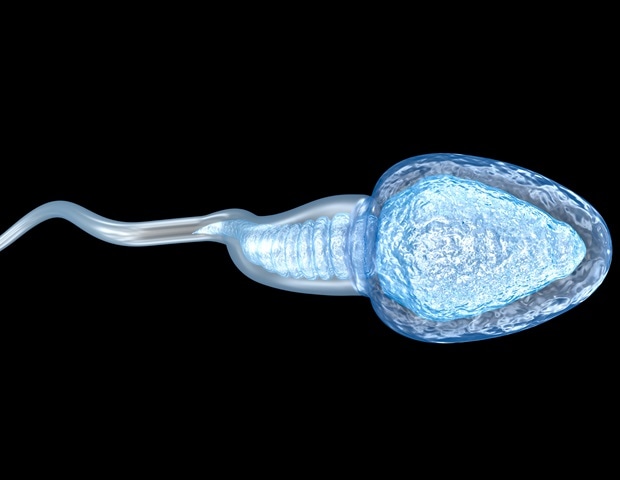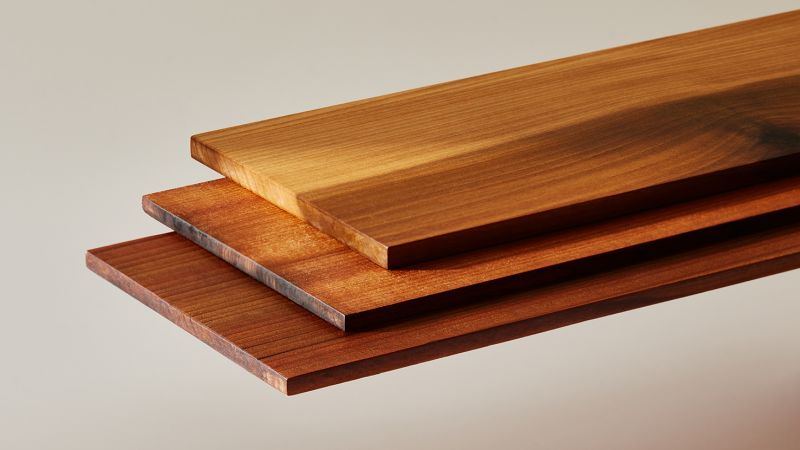Move over, Ellen DeGeneres’ famous 2014 Oscars selfie, there’s a new player in town – China’s space probe, which is halfway to an asteroid, grabbed a stunning selfie in front of Earth as it glows tiny in the…
Blog
-

6 tips to manage winter asthma effectively: Prevent flare-ups and protect lung health |
Asthma is a chronic respiratory condition in which inflammation and narrowing of the airways make breathing difficult. During winter, symptoms often worsen due to cold air, dry indoor environments, respiratory infections, and increased exposure…
Continue Reading
-

Crashes From Space Are Getting More Common, And No One’s Sure What To Do About It
Just in May of this year, the Soviets struck a ground target from orbit. Never mind that they didn’t intend to; in fact, never mind that there are no ‘Soviets’ anymore. A piece of Cosmos 482, a rocket intended for Venus that broke up during…
Continue Reading
-

A single protein could stop sudden death after heart attacks
Nina Kumowski, MD, of the Department of Radiology and Center for Systems Biology at Massachusetts General Hospital, is the lead author and Matthias Nahrendorf, MD, PhD of the Department of Radiology and Center for Systems Biology at MGH, is the…
Continue Reading
-

PTSD following sexual assault linked to profound fronto-limbic brain changes
Around 70% of women who suffer a sexual assault develop PTSD; now scientists have shown that many of these women show a marked reduction in the usual communication between two important brain areas involved in processing and control…
Continue Reading
-

Ultraviolet light helps growers put fungicides to bed in new R&D project | News
A new Australian research project is aiming to replace chemical fungicides with ultraviolet light in the fight against powdery mildew – a disease that can wipe out up to 30 per cent of strawberry crops each year.
The four-year initiative,…
Continue Reading
-

Anesthesiologist-led care speeds surgery and reduces complications for hip fracture patients
When anesthesiologists lead the preoperative process, patients undergoing surgery for hip fractures – one of the leading causes of hospitalization in older adults – get to the operating room (OR) faster and have fewer complications,…
Continue Reading
-
Indian textile exporters turn to Europe, offer discounts to offset US tariffs – Reuters
- Indian textile exporters turn to Europe, offer discounts to offset US tariffs Reuters
- Textiles face tariff turmoil amid US-China tensions and India’s woes Business Standard
- US tariffs hit India’s textile exports by 50%: CITI | Tap to know more | Inshorts Inshorts
- U.S. tariff hits Indian textile and apparel exporters; 50% drop in revenues, says survey Fortune India
- India’s 28% textile export share at risk as US tariffs bite: CITI Fibre2Fashion
Continue Reading
-

Study uncovers key protein complex controlling sperm motility and male fertility
Infertility affects about one in six couples, and male factors account for roughly half of all cases-often because sperm don’t swim well. Researchers from the University of Osaka uncovered a key component of the “switch” that keeps…
Continue Reading
-

The ‘Superwood’ that’s 10 times stronger than steel
A US company has engineered a new type of wood that it says has up to 10 times the strength-to-weight ratio of steel, while also being up to six times lighter.
“Superwood” has just launched as a commercial product, manufactured by InventWood, a company co-founded by material scientist Liangbing Hu.
Over a decade ago, Hu set out on a quest to reinvent one of the oldest building materials known to humankind. While working at the University of Maryland’s Center for Materials Innovation, Hu, who’s now a professor at Yale, found innovative ways to re-engineer wood. He even made it transparent by removing part of one of its key components, lignin, which gives wood its color and some of its strength.
His real goal, however, was to make wood stronger, using cellulose, the main component of plant fiber and “the most abundant biopolymer on the planet,” according to Hu.
The breakthrough came in 2017, when Hu first strengthened regular wood by chemically treating it to enhance its natural cellulose, making it a better construction material.
The wood was first boiled in a bath of water and selected chemicals, then hot-pressed to collapse it at the cellular level, making it significantly denser. At the end of the weeklong process, the resulting wood had a strength-to-weight ratio “higher than that of most structural metals and alloys,” according to the study published in the journal Nature.
Now, after years of Hu perfecting the process and filing over 140 patents, Superwood has launched commercially.
“From a chemical and a practical standpoint, it’s wood,” explained InventWood CEO Alex Lau, who joined the business in 2021. In buildings, that would allow for structures potentially up to four times lighter than today, Lau said, meaning they would be more earthquake resistant, as well as easier on foundations, making construction faster and easier.
“It looks just like wood, and when you test it, it behaves like wood,” Lau added, “except it’s much stronger and better than wood in pretty much every aspect that we’ve tested.”
InventWood is manufacturing Superwood in its plant in Frederick, Maryland, and although the production time is now measured in hours rather than days, it will take some time to scale up, Lau said.
Initially, the company plans to focus on external applications such as decking and cladding, before moving on to internal applications such as wall paneling, flooring and home furniture sometime next year.
“People always complain that furniture breaks down over time, and that’s often because it sags or breaks down at the joints, which are currently made of metal because wood isn’t strong enough,” said Lau. Superwood could be used to replace these parts, he said, as well as screws, nails and other metal fasteners.
Eventually, Lau projects that an entire building could be constructed out of Superwood, although that would require more testing.
Much like in Hu’s original experiment, the wood is strengthened via a chemical process that alters the basic structure of the cellulose and is compressed very tightly without springing back. “In theory, we can use any kind of wooden material,” Lau said. “In practice, we’ve tested with 19 different kinds of species of wood as well as bamboo, and it’s worked on all of them.”
InventWood says Superwood is up to 20 times stronger than regular wood and up to 10 times more resistant to dents, because the natural porous structure of the wood has been collapsed and toughened. That makes it impervious to fungi and insects. It also gets the highest rating in standard fire resistance tests.
Superwood currently costs more than regular wood and also has a larger manufacturing carbon footprint, but Lau said that compared to steel manufacturing, the carbon emissions are 90% lower.
He added that the target is “not to be cheaper than wood, but to be competitive with steel,” when manufacturing scales up.
Other types of engineered wood have existed as construction materials for a long time, but InventWood says that these are simply rearranged pieces of wood that are held together with adhesives, rather than wood that has been altered at the molecular level like Superwood.
Timber construction has had a resurgence in recent years, and wood is now used to build skyscrapers. The city of Milwaukee — which already hosts the world’s tallest timber tower, the 284-foot (87-meter) Ascent MKE — has revealed plans to build an even taller one, at a whopping 600 feet (183 meters) in height.
Currently, concrete is by far the most-used construction material on Earth, and even though its production has plateaued in recent years, making concrete generates 7% of the world’s global carbon emissions.
Philip Oldfield, an architecture professor and head of the School of Built Environment at the University of New South Wales, in Australia, who is not involved with InventWood, said timber has environmental benefits over many other building materials as its production processes are less intensive than steel and concrete, and timber stores CO2 in its woody biomass through photosynthesis. “Wood products can be considered a long-term carbon storage system, and construction with wood could see our cities ‘lock in’ carbon emission in buildings for long periods of time,” he added.
However, he points out that existing engineered timber products are already competing with steel and concrete. “The barrier to more timber buildings isn’t really the need for more strength,” he explained, “it’s that the construction industry is risk averse and slow to change.”
To see more timber in buildings, he argued, we need better education, pilot projects and improved regulatory frameworks: “But stronger timber products like this Superwood could allow architects to create larger spans and more durable finishes with timber, which would certainly be beneficial and could foster greater timber uptake.”
Continue Reading
